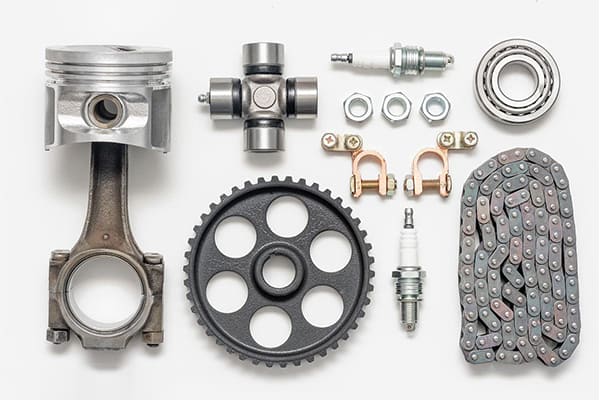The pivotal role of the aerospace industry in modern society
The aerospace industry, encompassing both aviation and space exploration, plays a crucial role in our modern world. From facilitating global travel and commerce to advancing our understanding of the universe, aerospace technologies touch nearly every aspect of our lives. Commercial airlines connect cities and continents, ensuring that people, goods, and services move seamlessly around the globe. Meanwhile, space exploration pushes the boundaries of human knowledge, fostering innovations that often find applications here on Earth. With its high stakes and exacting standards, the aerospace sector demands the utmost in reliability, safety, and innovation.
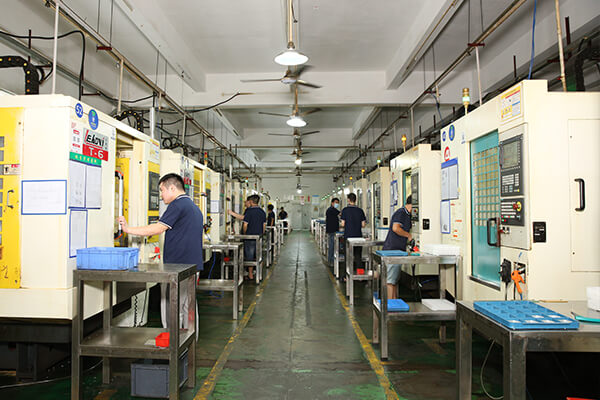
Highly experienced htsin
A glance at machining in the aerospace sector’s early days
The aerospace industry’s journey began with the Wright brothers’ first flight in 1903, marking a new era of human mobility. In these nascent stages, the production of aircraft components was predominantly manual, with parts often being handcrafted. The meticulous nature of this process, coupled with the limited technological resources of the time, meant that aircraft production was slow, and each unit was almost a bespoke creation.
Machining in the aerospace sector during these early days was rudimentary. The tools and machines used were manually operated, relying heavily on the skill and expertise of the machinist. Components like propellers, engine parts, and structural elements were crafted with a mix of hand tools and basic machinery. While this approach sufficed for the smaller-scale production of the time, the growing demand for aircraft, especially during World War I and II, highlighted the need for more advanced and scalable manufacturing methods.
sufficient stock
The evolution of technology and its transformative impact on aerospace manufacturing
-
The mid-20th century witnessed rapid technological advancements that profoundly impacted aerospace manufacturing. The introduction of Computer-Aided Design (CAD) and Computer-Aided Manufacturing (CAM) systems in the latter half of the century was a game-changer. These tools allowed for greater precision in design and a smoother transition to production, bridging the gap between engineers and machinists.
Then came the advent of CNC machining, which took aerospace manufacturing to new heights. With the ability to produce parts with unparalleled precision and repeatability, CNC machines became an essential tool in the aerospace arsenal. The automation they provided meant that complex components, which were previously challenging or time-consuming to produce, could now be manufactured efficiently and consistently.
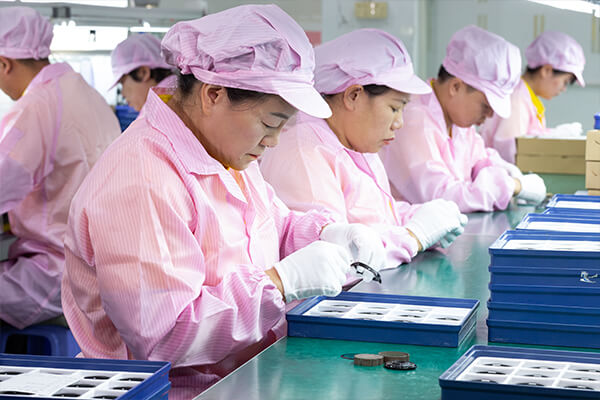
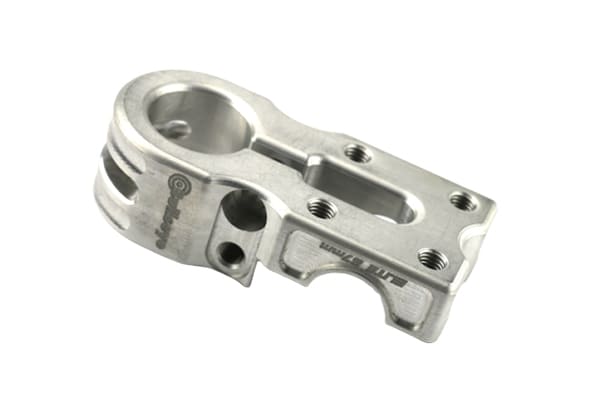
Highly experienced htsin
Key Advantages of CNC Machining in Aerospace
- Precision & Accuracy: The necessity for impeccable accuracy in aerospace components.
- Consistency & Reliability: Ensuring every part meets rigorous aerospace standards.
- Material Versatility: Handling diverse, often exotic, materials used in aerospace applications.
- Efficiency & Scalability: Addressing both small-scale prototypes and large production runs.
- Cost-Effectiveness: Reducing wastage and ensuring efficient use of materials.
sufficient stock
Applications of CNC Machining in Aerospace
- Engine Components: Turbines, combustors, and other critical engine parts.
- Structural Elements: Fuselage components, wing sections, and landing gear parts.
- Instrumentation & Controls: Precision components for avionics and control systems.
- Spacecraft Components: Parts for satellites, rockets, and other space vehicles.
- Prototyping: Testing and refining new aerospace designs or innovations.
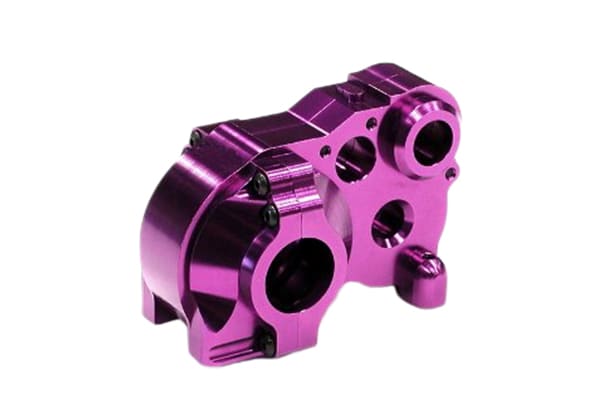
Why Choose Our Services for Aerospace CNC Machining?
Htsin Precision is your premier parts manufacturing company, offering custom precision CNC parts that offer more than just quality products.



